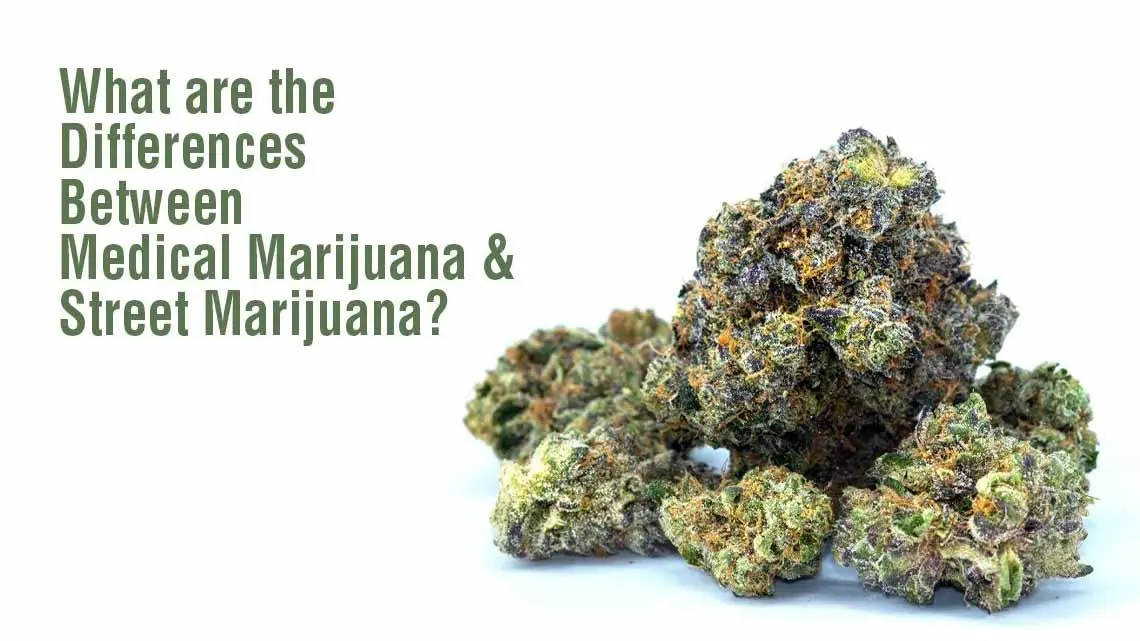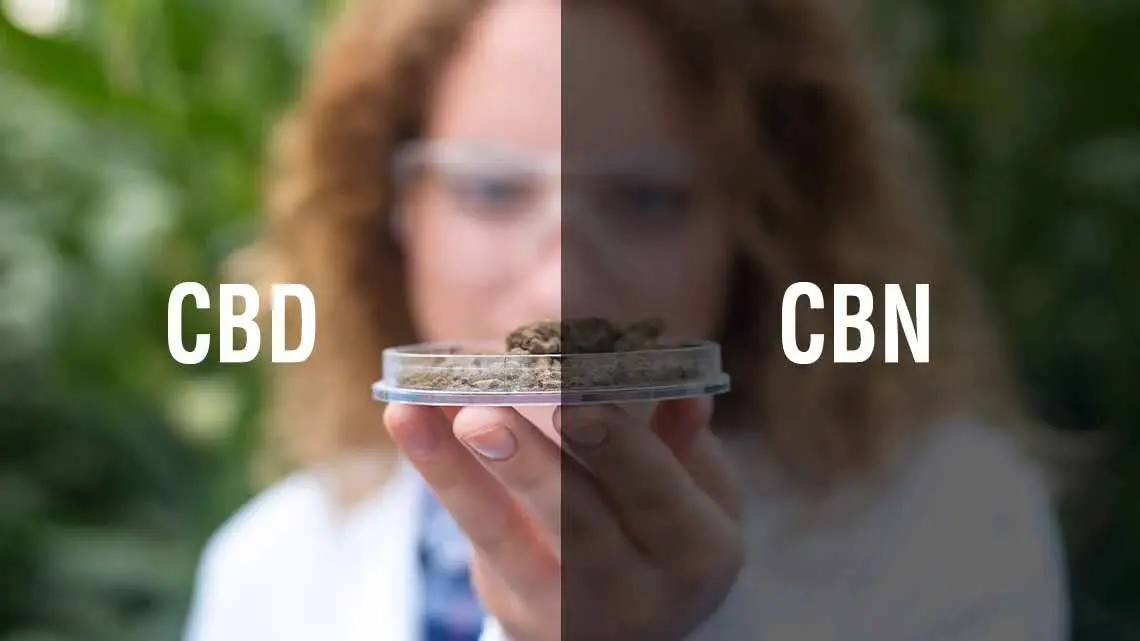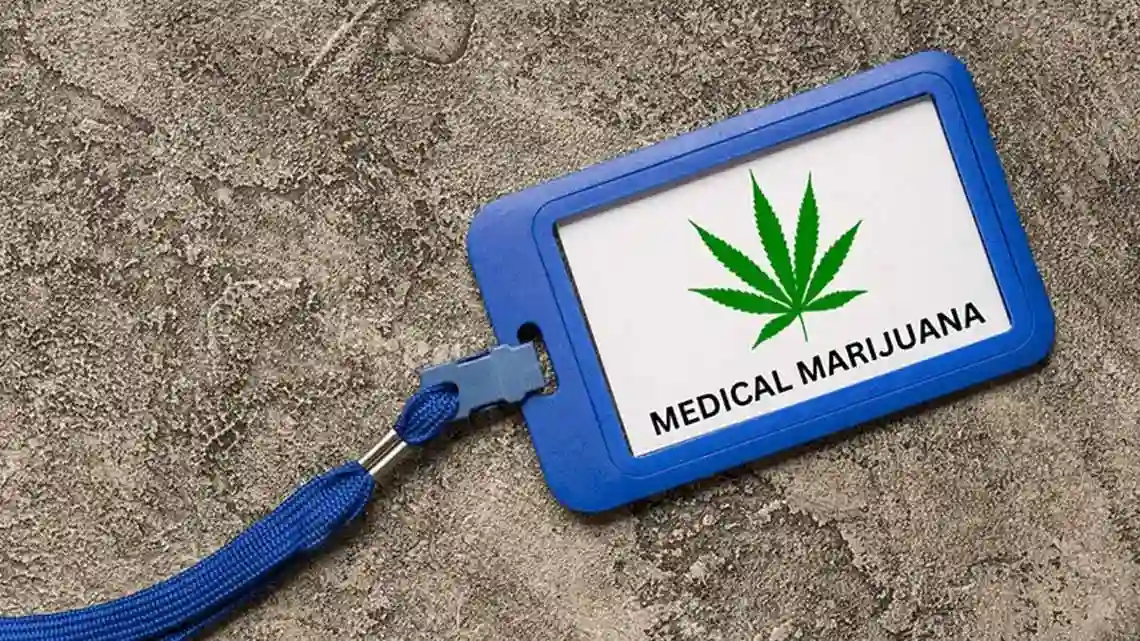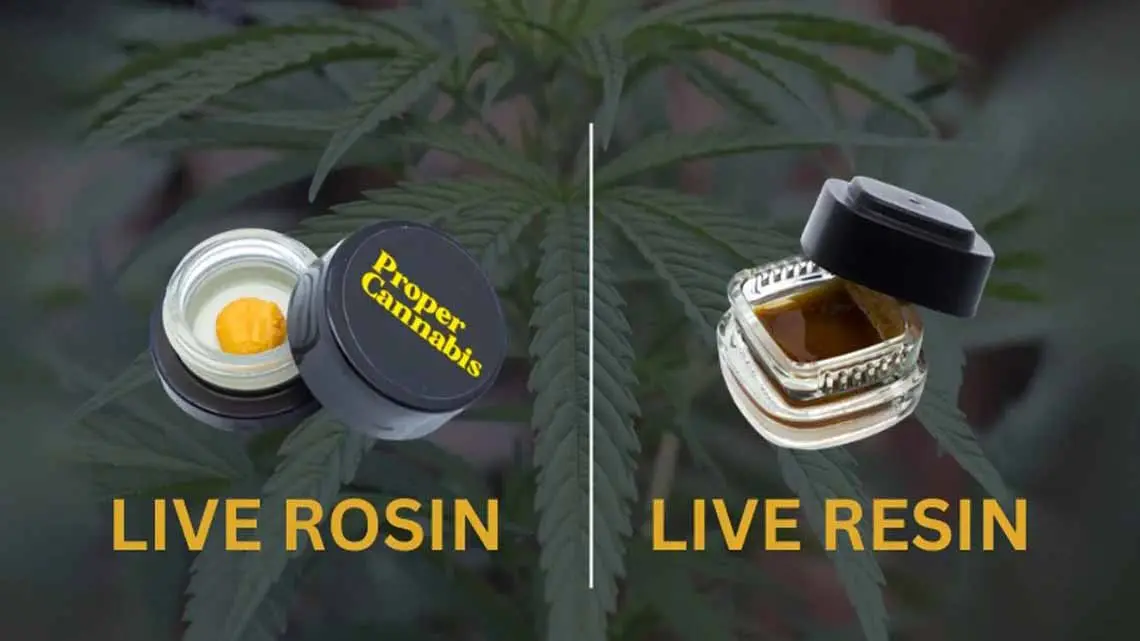As medical cannabis products gain traction, cannabis enthusiasts are turning to two specific marijuana concentrates Live Rosin and Live Resin. These concentrates represent a diverse range of cannabis products available in licensed dispensaries. Live Rosin is prized for its amber color. It is extracted from the marijuana plant without using chemical solvents. So, it is a preferred option for those concerned about their health. It boasts a higher concentration of terpenes (compared to other cannabis rosin products), resulting in a unique and flavorful experience. On the other hand, Live Resin, also called “Fresh Frozen” or “Fresh Frozen Whole Plant,” is characterized by its sticky texture and high retention of trichomes and cannabinoids. Unlike many other cannabis extracts that lose terpenes during extraction, Live Resin preserves its full spectrum of compounds. It offers a potent and aromatic cannabis experience. What is Live Rosin? Live rosin is a premium cannabis concentrate prized for its purity, potency, and rich terpene profile. This extract is obtained from the marijuana plant using a solventless extraction method. The extraction distinguishes it from other types of cannabis concentrates that often involve the use of chemical solvents. Extraction Process Live rosin is extracted from fresh, uncured cannabis buds using a combination of heat and pressure, typically through a process known as rosin pressing. Some other concentrates require solvents like butane or CO2 for extraction. Live rosin is made differently using a mechanical process by applying pressure to the plant material between heated plates. This gentle extraction process preserves the integrity of the cannabinoids and terpenes present in the plant, resulting in a concentrate that captures the essence of the original cannabis strain. Terpene Content One of the standout features of live rosin is its high terpene content. Terpenes are natural compounds in cannabis and other plants that contribute to their aroma and flavor profiles. Live rosin retains a robust spectrum of terpenes, which not only enhances its taste but also influences the overall cannabis experience. The synergy between cannabinoids like THC and CBD and terpenes creates what’s known as the entourage effect. These compounds work together to produce unique therapeutic effects and enhance the overall user experience. Flavor and Aroma Due to its rich terpene profile, live rosin offers a complex and vibrant flavor experience. Each batch of live rosin can exhibit distinct flavors and aromas that reflect the specific cannabis strain used in the extraction process. Users often appreciate the enhanced taste and aromatic qualities of live rosin. It can range from fruity and floral to earthy and spicy, depending on the strain. Health Considerations Live rosin is the choice of consumers who prioritize health-conscious cannabis consumption. Since it doesn’t involve chemical solvents, live rosin offers a cleaner and more natural alternative to other concentrates. This solventless extraction method ensures that the final product is free from residual solvents. The result is a purer and potentially safer cannabis concentrate for those mindful of their well-being. Live rosin stands out as a top-tier cannabis concentrate known for its purity, potency, and exceptional flavor profile. Its solventless extraction method and high terpene content make it a popular choice among those seeking a premium and flavorful cannabis experience. What is Live Resin? Live resin is a highly sought-after cannabis concentrate known for its sticky texture and robust flavor profile. Sometimes called “Fresh Frozen” or “Fresh Frozen Whole Plant,” live resin is extracted using a specialized process that preserves the plant’s natural compounds, including cannabinoids and terpenes. Extraction Process Live resin is unique in that it comes from fresh, flash-frozen cannabis buds and flowers. This freezing process helps preserve the delicate trichomes and terpenes present in the plant at the time of harvesting. Unlike many other cannabis extraction methods that use dried and cured material, live resin captures a broader spectrum of cannabinoids and terpenes. The result is a more flavorful and potent concentrate. Retention of Terpenes and Cannabinoids One of the key features of live resin is its ability to retain a high concentration of terpenes and cannabinoids. Unlike some cannabis extracts that may lose a significant portion of their terpenes during extraction and processing, live resin holds onto these valuable compounds. This retention contributes to the intense aroma, flavor, and effects of live resin products. Flavor and Aroma Live resin is popular for its rich and diverse flavor profile. The combination of preserved terpenes and cannabinoids results in a concentrate that can exhibit a variety of flavors, from fruity and citrusy to earthy and floral. Each batch of live resin captures the essence of the original cannabis strain, offering a complex and aromatic experience for users. Potency and Quality Due to its unique extraction process and high terpene content, live resin is considered one of the most potent cannabis concentrates available. The preservation of trichomes and cannabinoids during extraction ensures that live resin retains the full spectrum of therapeutic compounds found in the cannabis plant. This potency, coupled with its flavorful profile, makes live resin a popular choice with those seeking a premium concentrate. Live resin stands out as a superior cannabis concentrate renowned for its sticky texture, potent effects, and rich flavor profile. Its unique extraction method and high retention of terpenes and cannabinoids make it a favorite among those looking for a high-quality and flavorful cannabis experience. Differences Between Live Rosin & Live Resin Live Rosin and Live Resin are both popular cannabis concentrates. Each offers unique characteristics and benefits. Understanding the differences between these two concentrates can help consumers make informed choices based on their preferences and needs. Potency One significant difference between Live Rosin and Live Resin lies in their potency, particularly in terms of THC (tetrahydrocannabinol) content. Live resin typically contains a higher amount of THC compared to live rosin. This higher potency is often attributed to the extraction process used for live resin, which efficiently captures a broad spectrum of cannabinoids from fresh, flash-frozen cannabis material. Cost Live resin tends to be more costly (compared to live rosin) due to its complex extraction process. The production of live resin… Continue reading What is the Difference Between Live Rosin & Live Resin?
Category: Besame Nurse

What are the Differences Between Medical Marijuana & Street Marijuana?
In recent years, medical marijuana legislation has been progressively passed in various US states. Today, many have legalized cannabis for both medical and recreational use. This evolving legal landscape underscores the importance of understanding the distinctions between medical marijuana, used for therapeutic purposes. Understandably, it is used under regulated frameworks. Street marijuana is obtained illegally and often used recreationally outside of legal parameters. Medical cannabis is prescribed by healthcare professionals to alleviate symptoms and improve the quality of life for patients with specific medical conditions. On the other hand, street marijuana is typically accessed illicitly and used for recreational purposes without oversight or quality control. The differences between medical and street marijuana highlight broader societal shifts toward accepting cannabis as a legitimate form of medicine. At the same time, there are ongoing challenges associated with illegal cannabis use. By recognizing these distinctions, individuals can make informed choices about cannabis consumption. We at BesaMe Wellness advocate for responsible, legal access to medical marijuana within established regulatory frameworks. What is Medical Marijuana? Definition and Purpose Medical marijuana, also known as medical cannabis, refers to cannabis products prescribed by qualified healthcare professionals. It is meant for patients who have qualifying medical conditions specified by state laws. The primary purpose of medical marijuana is to alleviate symptoms associated with various health conditions. All in all, it is meant to improve the overall quality of life for patients. We’ll compare this to street marijuana later in the article. Therapeutic Applications Medical marijuana is utilized to manage a range of medical symptoms and conditions. These include chronic pain, nausea, muscle spasms, seizures, and anxiety. Also, it may be recommended for conditions like cancer, multiple sclerosis, Crohn’s disease, and PTSD (post-traumatic stress disorder), among others. The cannabinoids in medical marijuana interact with the body’s endocannabinoid system to provide therapeutic effects. Legality and Regulation Medical marijuana is obtained legally through licensed dispensaries in states where medical cannabis is legalized. Also, each state has specific laws and regulations governing the use, distribution, and cultivation of medical marijuana. As a result, patients receive cannabis that meets quality standards and safety requirements, minimizing risks associated with unregulated cannabis use. How It’s Used Medical marijuana is available in various forms, including dried flower for inhalation, concentrates for vaporization, edibles, tinctures, and topicals. The choice of product depends on the patient’s condition and preferred method of administration. Healthcare professionals guide patients on proper dosage and usage instructions to maximize therapeutic benefits while minimizing potential side effects. Benefits and Considerations Medical marijuana offers several potential benefits, including pain relief, improved appetite, reduced nausea, muscle relaxation, and mood stabilization. However, patients should consider potential risks and side effects. Dizziness, dry mouth, impaired coordination, and cognitive effects could well become unwelcome collateral effects. As a result, healthcare providers monitor patients closely to ensure safe and effective use of medical marijuana. In summary, medical marijuana is a legally prescribed cannabis product used to manage symptoms and improve the quality of life. It is administered to patients with qualifying medical conditions. Understandably, it is obtained from licensed dispensaries and regulated to ensure safety and efficacy. Patients should consult healthcare professionals for personalized recommendations and guidance on using medical marijuana responsibly. What is Recreational Marijuana? Recreational Marijuana and Street Marijuana People sometimes confuse street marijuana with recreational marijuana. The difference is simple – what we call recreational marijuana is sold legally, and street marijuana is called so when it is sold illegally. Recreational marijuana, also referred to as adult-use cannabis, is cannabis consumed by adults for non-medical purposes. It is sold in states where recreational cannabis use is legal. Medical marijuana, as we know, is prescribed for specific medical conditions. On the other hand, recreational marijuana is used purely for enjoyment. All in all, people use it to experience the psychoactive effects of cannabis. Legal Status and Access Recreational marijuana is legally permitted for adults in states that have passed laws allowing its cultivation, sale, and use for recreational purposes. Adults of legal age (typically 21 years and older) can purchase recreational cannabis products from licensed dispensaries. No medical recommendation or diagnosis is required to buy recreational marijuana. Consumption and Effects Recreational users consume marijuana to achieve various effects, including relaxation, euphoria, heightened sensory perception, and altered mood. The psychoactive compound THC (tetrahydrocannabinol) is primarily responsible for the “high” associated with recreational cannabis use. Users may consume marijuana by smoking dried flower, vaping concentrates, eating edibles, or using other methods. Social and Cultural Context Recreational marijuana is often used socially, such as during gatherings or recreational activities, where users share and enjoy cannabis together. It is also integrated into cultural practices and rituals, particularly in states where cannabis use has been normalized and accepted as part of everyday life. Considerations and Precautions While recreational marijuana can be used responsibly by adults, there are important considerations and precautions to keep in mind. Overconsumption of cannabis can lead to adverse effects such as anxiety, paranoia, impaired coordination, and cognitive impairment. Responsible use involves understanding dosage, setting, and context to ensure a safe and enjoyable experience. Regulation and Compliance States that legalize recreational marijuana implement regulations to ensure product safety, quality control, and responsible consumption. Licensed dispensaries undergo strict compliance measures to prevent underage access and minimize potential risks associated with recreational cannabis use. In summary, recreational marijuana is cannabis used for non-medical purposes by adults in states where it is legally permitted. It provides users with psychoactive effects and serves as a recreational substance for enjoyment and social interaction. It is to be used within the context of legal regulations and responsible use practices. Differences Between Medical & Recreational Marijuana Differences Between Medical & Recreational Marijuana One of the key differences between medical and recreational marijuana lies in the composition of cannabinoids, particularly THC (tetrahydrocannabinol) and CBD (cannabidiol). Medical marijuana is carefully formulated with specific ratios of THC and CBD tailored to address therapeutic needs. For example, medical cannabis products may contain higher levels of CBD and lower levels of THC to provide medicinal benefits without causing strong psychoactive effects. This cannabinoid balance is customized to help… Continue reading What are the Differences Between Medical Marijuana & Street Marijuana?

How is CBN Different from CBD?
Confused between CBD (cannabidiol) and CBN (cannabinol)? Intrigued by the distinct characteristics and potential effects of these two cannabinoids? If you’re seeking clarity on the differences between CBD and CBN and their therapeutic properties, you’ve come to the right place. This comprehensive blog will analyze the world of CBD and CBN, exploring their unique attributes and potential benefits. It will empower you with valuable insights into these fascinating compounds derived from the cannabis plant. Let’s embark on a detailed exploration of CBD and CBN to understand how they differ. We will also be looking at how they may offer therapeutic solutions for various health conditions. Introduction to CBD and CBN CBD (Cannabidiol) CBD is a non-intoxicating cannabinoid derived from the cannabis plant. This means that when consumed, it does not cause the psychoactive effects. The high is commonly associated with THC (tetrahydrocannabinol), the primary intoxicating compound found in cannabis. Unlike THC, CBD does not produce a “high” sensation. Instead, it has gained significant attention for its therapeutic benefits and versatile applications in medicine and wellness. One of the key aspects of CBD’s effectiveness lies in its interaction with the body’s endocannabinoid system (ECS). The ECS is a complex network of receptors and neurotransmitters that play a crucial role in regulating various physiological processes. It controls mood, pain sensation, immune function, and more. Unlike THC, which binds directly to cannabinoid receptors, CBD uniquely modulates receptor activity. CBD influences neurotransmitter release and interacts with different receptor types, such as CB1 and CB2 receptors. Moreover, it does so without inducing euphoria or intoxication. This modulation of the ECS by CBD is believed to contribute to its potential therapeutic effects. CBD can help conditions such as inflammation, alleviating pain, and promoting overall balance within the body. CBN (Cannabinol) CBN (cannabinol) is a lesser-known cannabinoid that develops from the degradation of THC (tetrahydrocannabinol) over time. This transformation occurs when THC is exposed to heat and light, gradually converting into CBN. As a result, CBN exhibits unique properties that distinguish it from CBD and other cannabinoids. One of the notable characteristics of CBN is its association with sedative effects, making it a potential aid for promoting sleep and relaxation. This cannabinoid is often found in trace amounts in aged cannabis products, where THC naturally converts into CBN through a process of oxidation. Due to its potential sleep-inducing properties, CBN has attracted interest as a natural remedy for insomnia and other sleep-related issues. It is less prevalent in fresh cannabis. However, its presence increases in cannabis that has been exposed to prolonged storage or aging. This feature reflects the gradual conversion of THC into CBN over time. The emergence of CBN as a distinct cannabinoid underscores the complexity and diversity of compounds within the cannabis plant. Its unique properties and potential therapeutic effects highlight the ongoing exploration of cannabinoids and their applications in health and wellness. Origins and Chemical Composition CBD CBD is directly extracted from the cannabis plant and is considered one of the primary cannabinoids alongside THC (tetrahydrocannabinol). It is abundant in certain cannabis strains that have been selectively bred to have high CBD content. This cannabinoid has gained significant attention for its potential therapeutic benefits and its non-intoxicating nature. The chemical structure of CBD is characterized by its stability and unique interaction with cannabinoid receptors in the body. Unlike THC, CBD does not cause intoxication or euphoria when consumed. Instead, it modulates receptor activity and influences neurotransmitter release. The result is a wide range of potential therapeutic effects. CBD is available in various forms to suit different preferences and needs. These forms include oils, capsules, edibles, topicals, and more. Each delivery method offers specific advantages in terms of absorption and convenience. CBD has been extensively studied for its potential health benefits. It has anti-inflammatory, analgesic (pain-relieving), anxiolytic (anti-anxiety), and neuroprotective properties. Research continues to explore the diverse applications of CBD in managing various health conditions and promoting overall well-being. CBN Cannabinol (CBN) is an oxidative byproduct that results from the degradation of THC (tetrahydrocannabinol) over time. When THC ages or is exposed to heat and light, it gradually converts into CBN through a natural oxidation process. This conversion occurs as THC molecules break down, leading to higher CBN levels in aged cannabis products. In terms of chemical structure, CBN shares similarities with THC but is notably less potent in terms of psychoactive effects. While THC is renowned for its intoxicating properties, CBN does not produce the same level of psychoactivity. Instead, CBN is often found in trace amounts in aged cannabis, reflecting the gradual transformation of THC into CBN over time. The presence of CBN in aged cannabis highlights the dynamic nature of cannabinoid compounds and their evolution over time. CBN is less abundant and less potent than THC. However, it exhibits unique properties that distinguish it within the spectrum of cannabinoids derived from the cannabis plant. Its association with sedative effects has piqued interest in exploring its potential applications for promoting relaxation and sleep. Further research is needed to fully elucidate the therapeutic properties and mechanisms of CBN in the context of cannabis-derived compounds. Psychoactive Effects and Intensity CBD Renowned for its non-intoxicating nature, CBD does not produce psychoactive effects or induce euphoria when consumed, unlike THC. CBD modulates neurotransmitter activity without disrupting cognitive function or altering perception. One of the notable interactions of CBD is its ability to mitigate some of the psychoactive effects of THC. By competing for cannabinoid receptors in the endocannabinoid system, CBD can modulate the overall impact of THC. Therefore, it REDUCES the intoxicating effects of THC. CBD is widely used for its therapeutic benefits across various health conditions. It has been studied extensively for its potential to alleviate pain, reduce anxiety, and stabilize mood. Additionally, CBD is considered safe and well-tolerated, with minimal side effects reported in clinical studies. Its favorable safety profile and versatile applications have contributed to the growing popularity of CBD as a natural remedy for many ailments. Research continues to explore the full spectrum of… Continue reading How is CBN Different from CBD?

How to Renew your Medical Marijuana Card in Missouri?
Is the expiration date of your medical marijuana card just 2 months away or less? If the answer is yes, then it’s about time you set up your recertification appointment with the Missouri DHSS. The DHSS necessitates the annual renewal of medical marijuana cards of patients, which comprises the need for recertification by a licensed cannabis physician. The fully online renewal process doesn’t require more than 10-20 minutes to fill out the form. Following is the step-by-step process of medical marijuana card renewal in Missouri: 1. Sign in to your Account Visit the Missouri Department of Health & Senior Service’s Complia site by clicking here: (ask the client for the website link) Enter your username & password. In case you can’t remember the password, click forgot password and enter your username to reset the password. If you don’t know the username as well, then contact DHSS at 866-219-0165. 2. Complete & Submit Patient Renewal Application Click on the ‘Create New Application link located on the screen’s left side. After that, click on ‘Patient.’ Select the ‘Patient Renewal’ option, followed by clicking on the ‘Create Application button. Pick your patient license number from the drop-down menus (in most accounts, only 1 patient license number will be displayed). Examine details of the General Information & Contact Information tabs. The information you submitted previously will get uploaded. If no changes are to be made, then updating the information is not required. Next, you should check the Physician Information Tab. Please ensure that you alter the certification type from manual to electronic. After that, wait 2 days for your information to be uploaded to the Missouri state website. On successful uploading of the information, it will show up when you click on ‘View Available Certifications.’ 3. Upload All Documents Now, it’s time to upload your documents. First, click on the ‘Upload New’ button adjacent to the document you are looking to upload. Make sure your digital photo is a clear & color photo captured in the past 3 months with a white or off-white background, akin to a passport photo or driver’s license. Photos with sunglasses and/or hats are not considered to be valid. Furthermore, as proof of being a Missouri resident, you will have to upload your Missouri driver’s license, state ID, Missouri DMV registration, or utility bill. Lastly, upload your driver’s license, state ID, or passport as a government-issued Photo Identification Card. Click on ‘Choose File’ to search for and pick the correct document(s). On selecting all the documents, click on the +Upload! Button. 4. Review, Submit & Pay Once you have furnished all application data requirements that are denoted by a red ‘X,’ you can submit your renewal application. You need to click on the tabs present at the top of the page to open the particular screen for sharing the necessary application data. Finally, click on the ‘Pay & Submit’ button located at the base of the page to submit your medical marijuana card renewal application. A $25 fee is charged for the renewal of a patient ID card. On making the successful payment, you will be redirected to the online system and get a submission confirmation. The approval for renewal will be sent to you by the state department over email, and it’s usually provided in 30 days or less. Hence, submitting the renewal application at least a month before the expiration date is recommended to avoid inconvenience.

